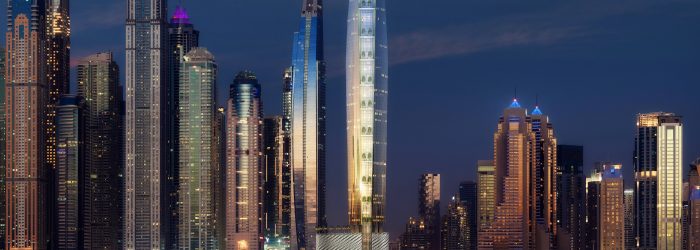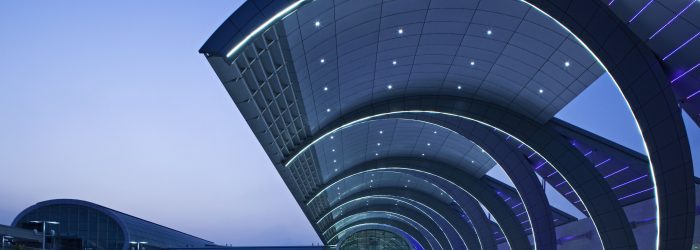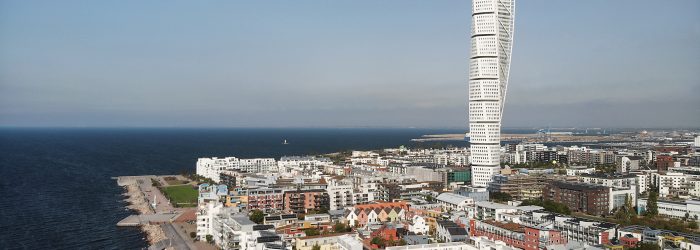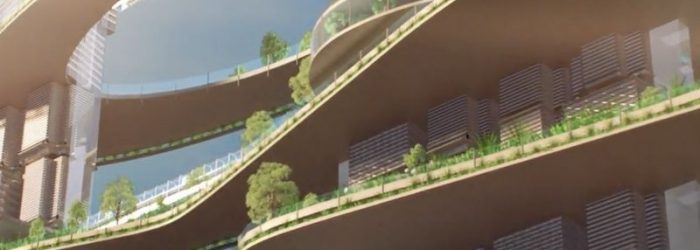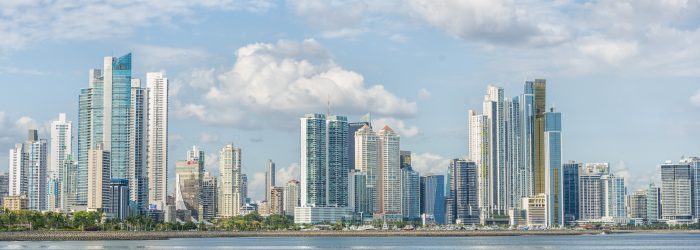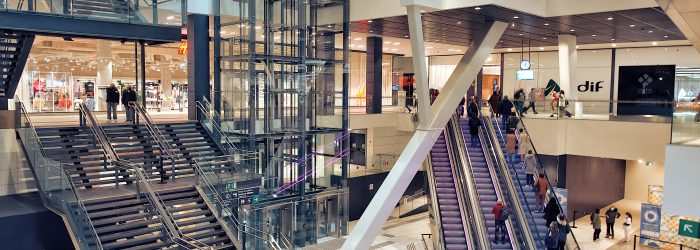
Escalaphobia, the triangle of escalator safety, and user tips
Have you ever heard of escalaphobia, the fear of escalators? This story offers a practical list of “dos & don’ts” to help users to alleviate their fears, combat their phobias, and stay safe while using escalators.


